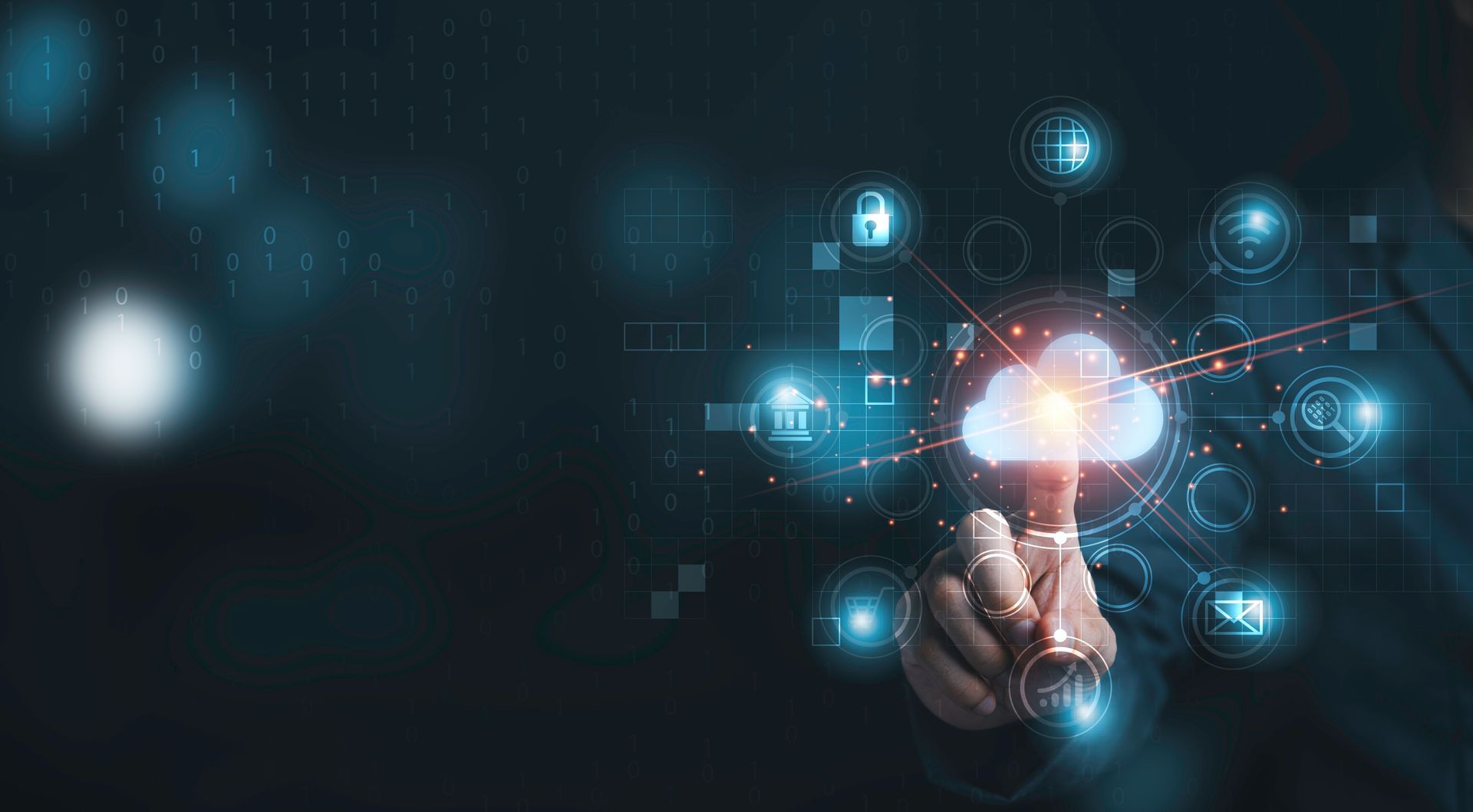What is Remote Monitoring and Management

Many employees are currently working offsite and not within the organization’s office spaces. This is now common due to the restrictions associated with the coronavirus epidemic. Even with these changes in work arrangement, security, and technical issues with work devices need to be managed by the organization.
Through Remote Monitoring and Management (RMM) tools, managed service providers (MSPs) can monitor employees’ devices, endpoints, and networks to gain real-time insights about their security and performance. This can be crucial in keeping organizations’ and customers’ data safe.
RMM is used to get information about the status and health of remote networks and to perform various tasks to keep business functioning.
How Does RMM Work?
RMM software is used to identify and fix any issues with a company’s IT infrastructure and networks. MSPs use RMM tools by installing the required software on clients’ business computers, laptops, tablets, and mobile devices.
MSPs and IT admins can monitor client devices and networks from remote locations. They are able to diagnose target systems and identify and resolve potential problems at the earliest before they become more severe. In some cases, they require going to the client premises to manually fix discovered issues.
The remote tasks performed can include updating your operating system, disks health check, software installation, antivirus, and anti-malware solutions deployment, and decluttering computers’ hard drives for better performance.
With the data collected and organized by remote management and monitoring systems, MSPs can automate system maintenance and optimize the entire client network depending on the issues discovered.
Benefits of Remote Monitoring and Management
1. REAL-TIME SOLUTION
Through remote monitoring and management, IT experts can deploy new software, update the system and run diagnostic checks remotely to detect and fix issues without interrupting the system user. Third-party security products and backup solutions can also be administered remotely as needed.
2. AUTOMATION OF IT TASKS
RMM software can be used to automate many IT tasks and respond to issues affecting client business network systems.
3. REAL-TIME MONITORING AND MANAGEMENT
Through monitoring solutions provided by RMM tools, MSPs can monitor the health and performance of an organization’s system and network. They can be alerted to technical issues before they disrupt business processes.
Cloud services, applications, and websites can also be monitored for suspicious or harmful changes.
Real-time monitoring can help save employees’ valuable time by allowing IT experts to quickly fix discovered problems. It also ensures that technical issues can be prevented or managed so they don’t escalate and require bigger investment to fix thus saving money for the organization.
4. AUTOMATION AND SCRIPTING
MSPs monitor companies’ IT assets with RMM and can also automate tedious but necessary tasks that employees and managers usually postpone due to time constraints.
These activities may include device and software maintenance as well as system upgrades. By running them remotely, MSPs allow employees to focus on their core duties.
Tasks requiring regular execution such as creating restore points and backups can be automated via RMM.
IT admins can also run custom scripts to improve system performance and increase work efficiency.
5. PROACTIVE SUPPORT
RMM allows organizations to reorganize the way of resolving issues. Instead of waiting for a disaster to happen and shut down the business, MSPs can detect problems on time and fix them.
6. PATCH MANAGEMENT
Software vendors regularly send out patches to fix bugs, block security vulnerabilities and make applications more secure. These patches need to be updated quickly in order to safeguard a company’s system and data from cybercriminals or spontaneous data corruption.
Remote monitoring and management tools can be used to install patches as soon as they are available. They can also track an organization’s compliance with essential security updates and policies to make necessary recommendations to management.
7. SYSTEM REPORT AND ANALYSIS
RMM tools can not only monitor systems but also collect data from all processes and programs running on remote client systems. This data is used to generate system reports for IT admins and management covering network performance, asset inventory, and system stability.
Insights from the reports can help management come up with a plan for the long-term health of the organization.
8. REMOTE ACCESS
Integration of RMM with third-party software can grant remote access to an organization’s system. Through these mediums, employees can get tech support from managed service providers and IT admins in a timely manner.
*****
Remote Monitoring and Management is a critical part of technologies offered by MSPs. They help to monitor remote systems and fix them quickly in order to keep data safe and ensure business continuity. Whether your employees work from home or office, their devices can be securely managed with the use of RMM tools. Please contact us today to learn how SDTEK can help provide RMM assistance for your organization.
The post What is Remote Monitoring and Management appeared first on SDTEK | San Diego, CA.


